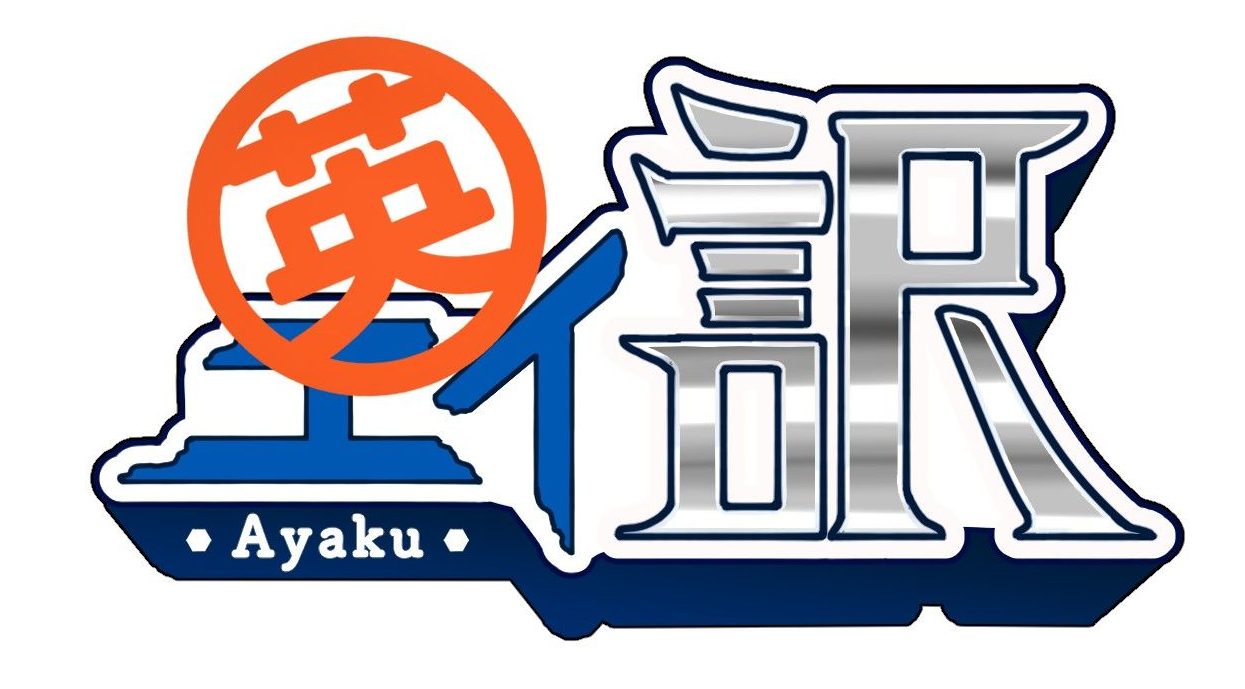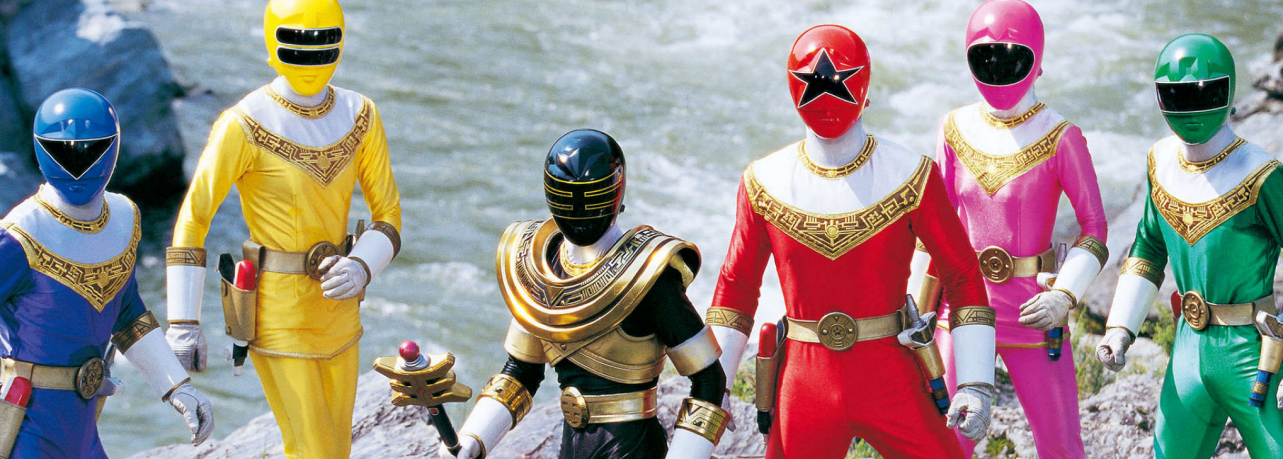
Choriki Sentai Ohranger celebrated the Super Sentai franchise’s 20th anniversary. But two different tragedies affected its production.
Trigger Warning: The following post contains graphic images depicting real life violence.
Choriki Sentai Ohranger celebrated the Super Sentai franchise’s 20th anniversary and the production team sought to create a show similar to the original series: Himitsu Sentai Goranger.
The Gorangers were a secret team assembled by the United Nations to combat the Black Cross Army. Likewise, the Ohrangers are a squadron comprised of career soldiers. The production team wanted to run with a serious theme but still easy to follow story for children. However, two tragedies that took place in Japan forced the writers to rethink the show’s content during production: The Great Hanshin Earthquake and the Tokyo subway sarin attack.
The Great Hanshin Earthquake
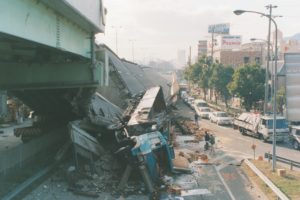
The Great Hanshin Earthquake occured on January 17, 1995. A couple of months before Chouriki Sentai Ohranger would premiere. It measured 6.9 on the moment magnitude scale and had a maximum intensity of 7 on the JMA Seismic Intensity Scale. An estimated 6,300 people died as a result of the earthquake. A total of 68 children under the age of 18 were orphaned, while 332 children lost one parent
Citizens throughout the country traveled to Kobe to help victims of the quake. In December 1995, the government declared January 17 to be “Disaster Prevention and Volunteerism Day”. Retailers such as 7-11 and Daiei contributed necessities to victims while telephone networks such as NTT and Docomo provided free telephone service.
The Tokyo Subway Sarin Attack
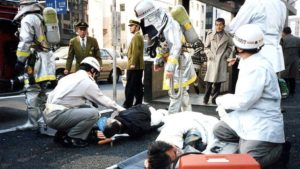
March 20, 1995, a few weeks after the series premiered. Several packages of deadly sarin gas were set off in the Tokyo subway system which resulted in the deaths of 12 people followed by the injuries of 5,000. The attacks were orchestrated by the Aum Shinrikyo (which means Supreme Truth), a doomsday cult.
The group was found to be responsible for the Matsumoto sarin attack nine months prior; an assassination attempt against three judges who expected to rule against the cult in a real estate dispute.
The Aum Shinrikyo’s goal was to bring about armageddon through the means of nuclear war between the United States and Japan. The leader of the doomsday cult, Shoko Asahara, believed himself to be Christ and Japan’s only fully enlightened master. He held a belief that the United States were “the Beast” in the Book of Revelation and that they would eventually attack Japan.
Change in Story
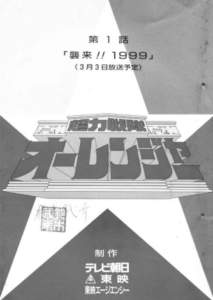
The news reported stories related to these incidents almost daily. This prompted the production team to dicuss whether or not Ohranger should maintain its dark and serious story. Especially since the evil of real life villains far surpassed those in fiction. As a result, the staff behind the show made the tough decision to incorporate comical elements into the show. The production team called upon alumni staff to help rewrite the story.
The first episode of the series, broadcasted a few weeks before the Tokyo Subway Sarin Attack, featured an alien invasion of Earth. The episode depicted the civilians in a panic with explosions occuring everywhere. A dramatic moodshift occured in the ninth episode of the series, which featured a more comedic and lighter tone compared to the initial episodes.
While general reception of the series were mediocre, toy sales were notably high. The series made a total profit of 15.1 billion yen in sales; a record for the series. The Bandai toy sales totaled 8 billion yen while royalties reached 1.059 billion yen.
Source: Super Sentai Official Mook Choriki Sentai Ohranger, The Man Who Chases Dreams, History, Japan Inc, JPRI
